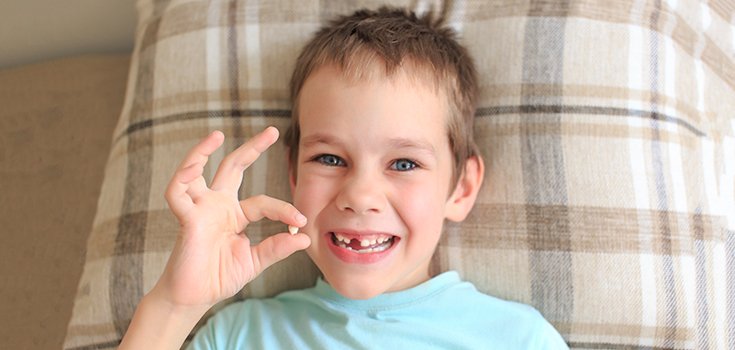What Baby Teeth may Tell Researchers About Autism

Researchers are constantly studying and learning more about autism spectrum disorder (ASD), but they have yet to be able to pinpoint specific causes. The origins of the disorder seem to be based in genetics and environmental factors. Now a study funded by the National Institute of Environmental Health and Sciences (NIEHS) seems to suggest that exposure to heavy metals could be one of the environmental triggers of autism. [1]
The researchers behind the study found that the baby teeth of children with autism contain more lead and fewer vital nutrients, including manganese and zinc, compared to the teeth of children without the developmental condition.
Cindy Lawler, Ph.D., head of the NIEHS Genes, Environment, and Health Branch, said:
“We think autism begins very early, most likely in the womb, and research suggests that our environment can increase a child’s risk. But by the time children are diagnosed at age 3 or 4, it’s hard to go back and know what the moms were exposed to. With baby teeth, we can actually do that.” [1]
The study is the work of researchers from the Icahn School of Medicine at Mount Sinai Hospital. It involved 32 sets of twins recruited from a national database of twins in Sweden, and was intended to see whether levels of lead and other metals correlated with an increased risk of autism. [2]

Read: Possible Causes of Autism
Of the 32 sets, 6 had only 1 twin with autism spectrum disorder (ASD), 7 had both twins with ASD, and 19 were unaffected by ASD.
Lasers were used to extract precise layers of the hard substance beneath tooth enamel, called dentine, to be analyzed for metals. Umbilical cord blood was used to check prenatal levels of metals.
Manish Arora, Ph.D., an environmental scientist and dentist at the Icahn School of Medicine at Mount Sinai in New York, said:
“What is needed is a window into our fetal life. Unlike genes, our environment is constantly changing, and our body’s response to environmental stressors not only depends on just how much we were exposed to, but at what age we experienced that exposure.” [2]
Researchers got a closer look at fetal life when they uncovered major differences in pairs in which only one twin was diagnosed with autism, and less significant changes among pairs in which both twins had ASD. They were able to show dissimilarities in six metals, including lead, zinc, tin, chromium, manganese, and strontium, out of the 10 metals studied and autism rates.
They found that:
- Lead levels were consistently higher from 10 weeks before birth to 20 weeks after birth in children with ASD than in children without the disorder.
- The most significant difference appeared to occur at 15 weeks after the twins’ birth; lead levels were 1.5 times higher in kids with ASD than in their co-twins.
- Manganese levels were found to be consistently lower in children with ASD at 10 weeks prenatal to birth, and at 5-20 weeks after birth. The largest difference was seen at 15 weeks, at which point manganese levels were 2.5 times lower in ASD cases. [2]

Perhaps the most compelling finding from the study was that lead appears to replace zinc and manganese in autistic children’s baby teeth. This is similar to what happens in the brains of some people who are exposed to lead, only in the case of the brain, lead takes the place of calcium and makes the patient more crime-prone. [3]
It’s heartbreaking to think about what the children of Flint, Michigan, may be facing after being exposed to lead in their drinking water.
The study is in no way the final word on environmental causes of autism. The research involved a small number of subjects, and looked only at twins in order to isolate environmental factors. Not all the pieces fit together. Lead exposure in children was at its peak during the ’50s into the late ’70s, so why didn’t autism rates climb during those decades and then decline? It’s entirely possible that lead plays such a small role that it ends up getting muted in the historical data by other things.
Researchers previously had mixed results about autism and exposure to metals, particularly lead; but genetics and other factors could have limited the findings. The scientists had hoped that studying twins would rule genetics out as a factor and isolate metal exposures from the environment.
Said Arora:
“We have identified the time period when we are most susceptible. We hope to be able to provide clinical recommendations to help as we continue to do more research.” [2]
The study was published in Nature Communications.
Sources:
[2] ABC News
[3] Mother Jones
